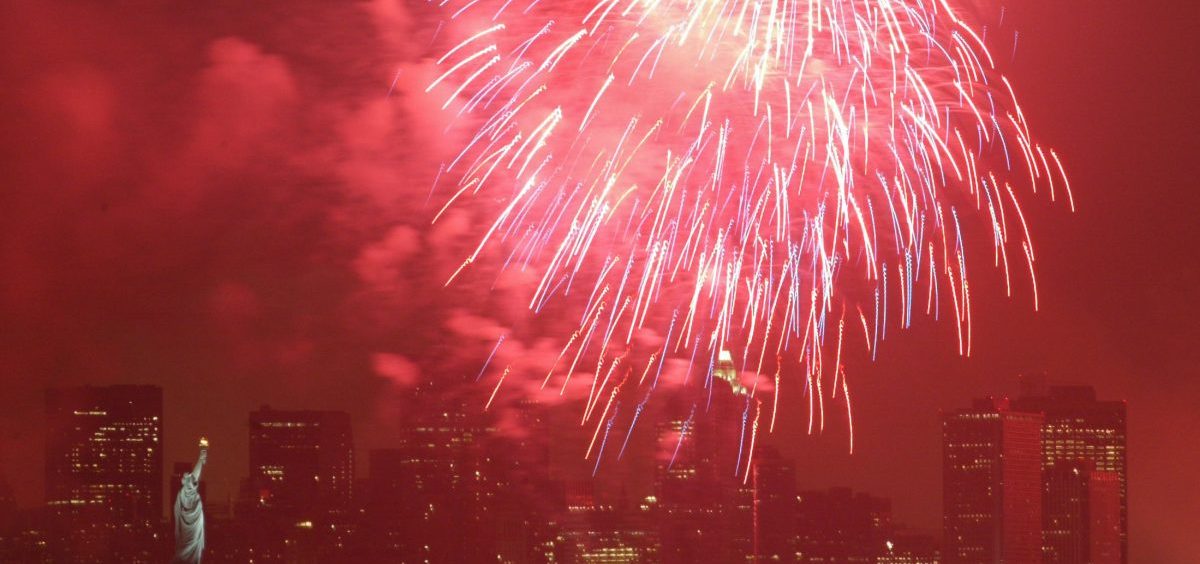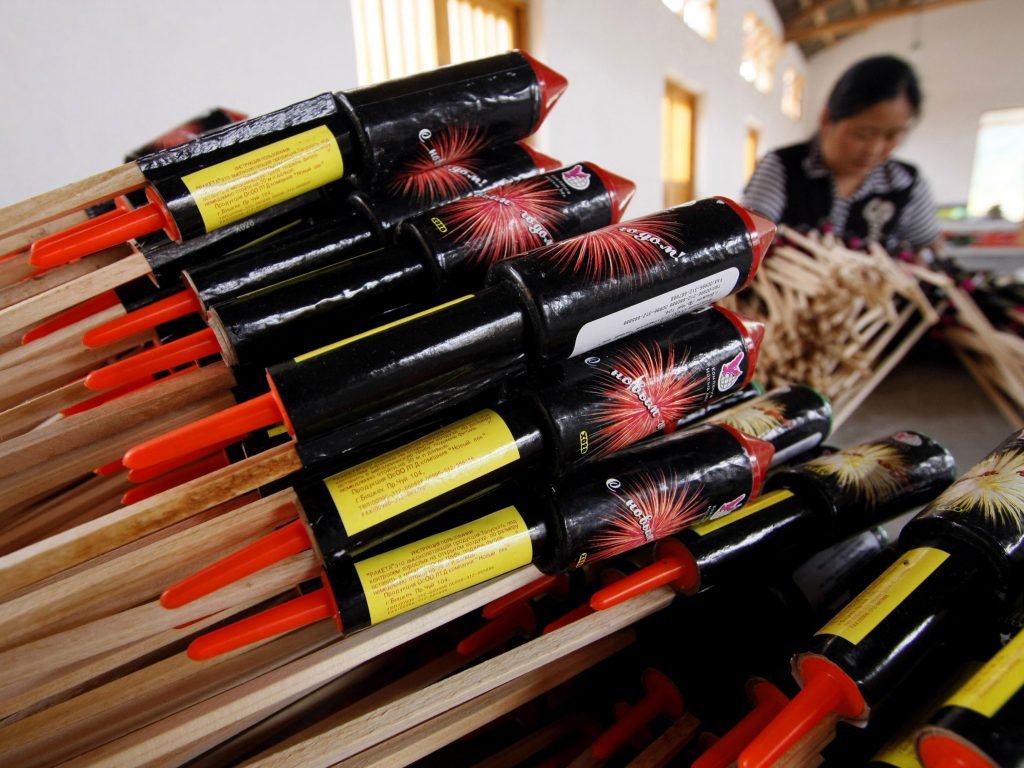News

For Independence Day Fireworks, U.S. Depends On China
By: Scott Horsley | NPR
Posted on:
Americans will spend more than $900 million this year on bottle rockets, Roman candles, and other fireworks. But those of us who want to celebrate Independence Day with a bang are almost totally dependent on China for supplies.
“Ninety-nine percent of the backyard consumer fireworks come directly from China,” said Julie Heckman, executive director of the American Pyrotechnics Association. “And about 70 percent of the professional display fireworks are manufactured in China.”
It wasn’t always this way. A lot of fireworks used to be made in the Midwest, by companies like American Fireworks. Vincenzo Sorgi started the Ohio-based business in 1902, after immigrating from Italy.

He “came through Ellis Island, which then they called the ‘Fireworks Beltway,’ ” said Roberto Sorgi, his great-great-grandson. “Like a lot of the other families that came over, [he] brought a lot of the recipes that their families had used in Italy. So we had two or three generations [of fireworks makers] back in Italy as well.”
For much of the last century, Italian transplants dominated the fireworks business, mostly producing pyrotechnics for their own shows.
“We manufactured pretty much everything from scratch,” Roberto Sorgi said, “from the stars to putting the shell-casings together to the fuse itself and all the attachments in between.”
Around the time of the American bicentennial in 1976, demand for fireworks began to outstrip the U.S. supply, so companies like Sorgi’s began importing — from Italy, Mexico, and especially China. This is not a case of China stealing American know-how. The Chinese invented fireworks in the Tang Dynasty more than a thousand years ago.
“Manufacturing fireworks is very labor-intensive,” Heckman added. “As the regulations got tighter and people really aren’t interested in making things by hand, it made sense to rely more on China to handle that production.”
Last year imports of fireworks dwarfed exports by a ratio of more than 40 to 1. But so far, that exploding trade deficit has not prompted the kind of protectionist crackdown that President Trump has directed at other industries.
“Thankfully, the fireworks industry has not been impacted by the tariffs,” Heckman said. “We are watching it very, very closely.”
Fireworks dealers warn adding a tariff to Chinese imports would turn their sparkling business into a dud. And make no mistake: the domestic business of selling and showcasing fireworks is booming. Sorgi’s company has been adding workers year by year. Without the chore of having to hand-craft the rockets, they’re able to stage hundreds more shows each year, and not just during this busy Fourth of July season.
“It’s becoming a year-round thing where it used to be once or twice a year,” Sorgi said. “So the industry as a whole has really just taken off to another level.”
What’s more, mass-produced Chinese fireworks are now safe enough to be sold legally in nearly every state, and consumer purchases have skyrocketed, from $284 million in 1998 to $885 million last year.
9(MDI4ODU1ODA1MDE0ODA3MTMyMDY2MTJiNQ000))


